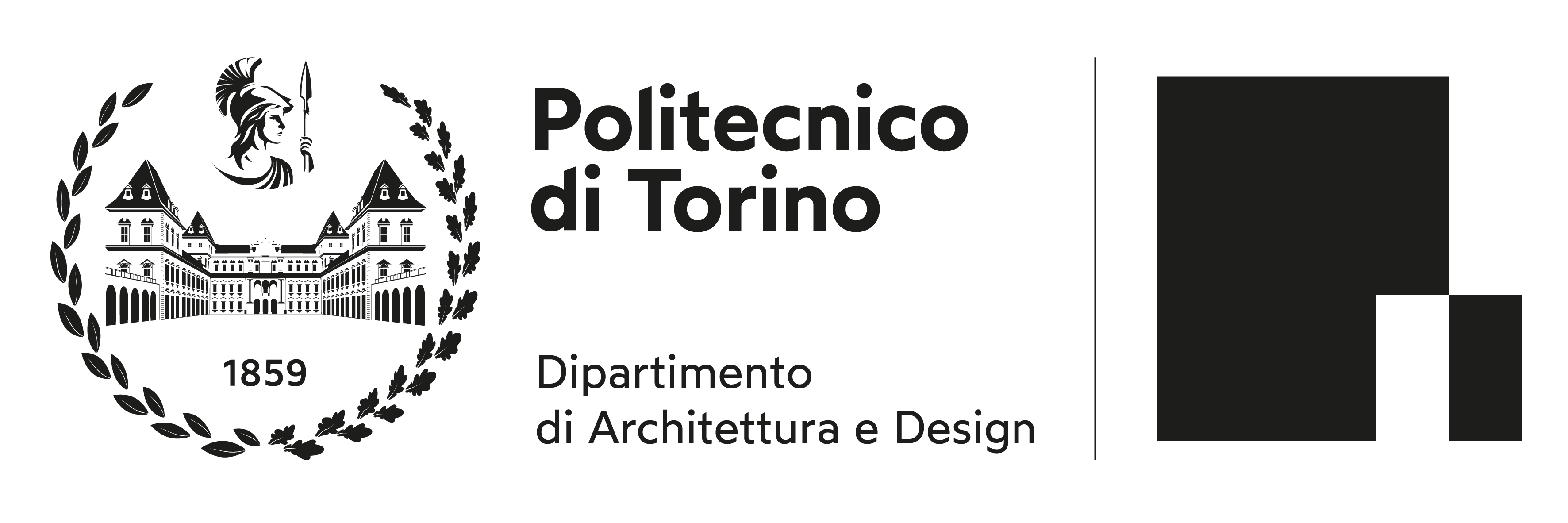Territory, landscape and critical regionalism in Trentino
The progress of the practice and the debate on architecture in the Alpine region of Trentino, in the last fifty years, has been characterised by a pivotal role of the Autonomous Province, the local authority with key competencies in environmental matters and spatial organisation, on the one hand, and by the experimentation and the promotion of discussion events on architecture, on the other. In the Sixties, spatial planning was conceived as a key instrument to support the development of a mountain province. Change was the perspective, and this required the activation of landscape control procedures centred on the control of the quality of architectural projects. This was not enough to qualify the professional practice, although some architects were able to propose innovative projects and began to animate the cultural debate, to establish supra-local relationships and to consolidate the awareness of the role of the architectural project. The contributions proposed are aimed at critically examine such issues, with a particular focus on the experience of institutions such as the “Scuola per il Governo del Territorio e del Paesaggio” within the Trentino School of Management, the “Osservatorio per il Paesaggio” within the Autonomous Province and the “Circolo Trentino Architettura Contemporanea”. Factors that led a decisive evolution of the spatial planning framework in the last decade, characterised by a new attention to the landscape and to the quality of architectural design, thanks to cultural initiatives, occasions of debate, and training paths.







